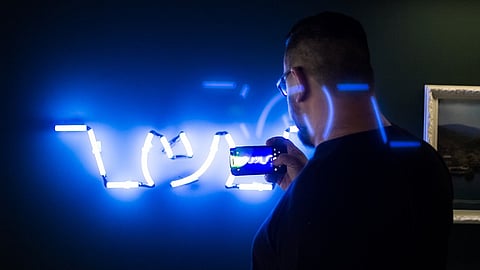Potential long-term adverse effects of SWL exposure are also unclear
A large body of evidence from long-term studies shows that insufficient sleep, including sleep deficit caused by circadian system disruption, is related to a range of health effects, including cognitive impairments, anxiety and mood disorders, and endocrine dysfunction, the panel explains. Circadian disruptions, including decrease of melatonin levels, have been suggested to play an important role in the development of chronic diseases and conditions such as cancer.
“However, the majority of studies that have assessed circadian disruption due to exposure to light have been conducted in shift workers,” the panel reports. “In these studies, shift workers’ exposure to light during biological night has been taken for granted without direct measurements of their light exposure.” It is often assumed that shift workers are predominantly exposed to SWL, the authors add, but no long-term studies have directly measured the wavelength of light sources to verify and quantify this.
The ICNIRP panel calls for an analysis of data gaps “to delineate the types of studies needed, the parameters that should be addressed, and the methodologies that should be applied in future studies so that a decision about the need for exposure guidelines can be made.” (SB/Newswise)


